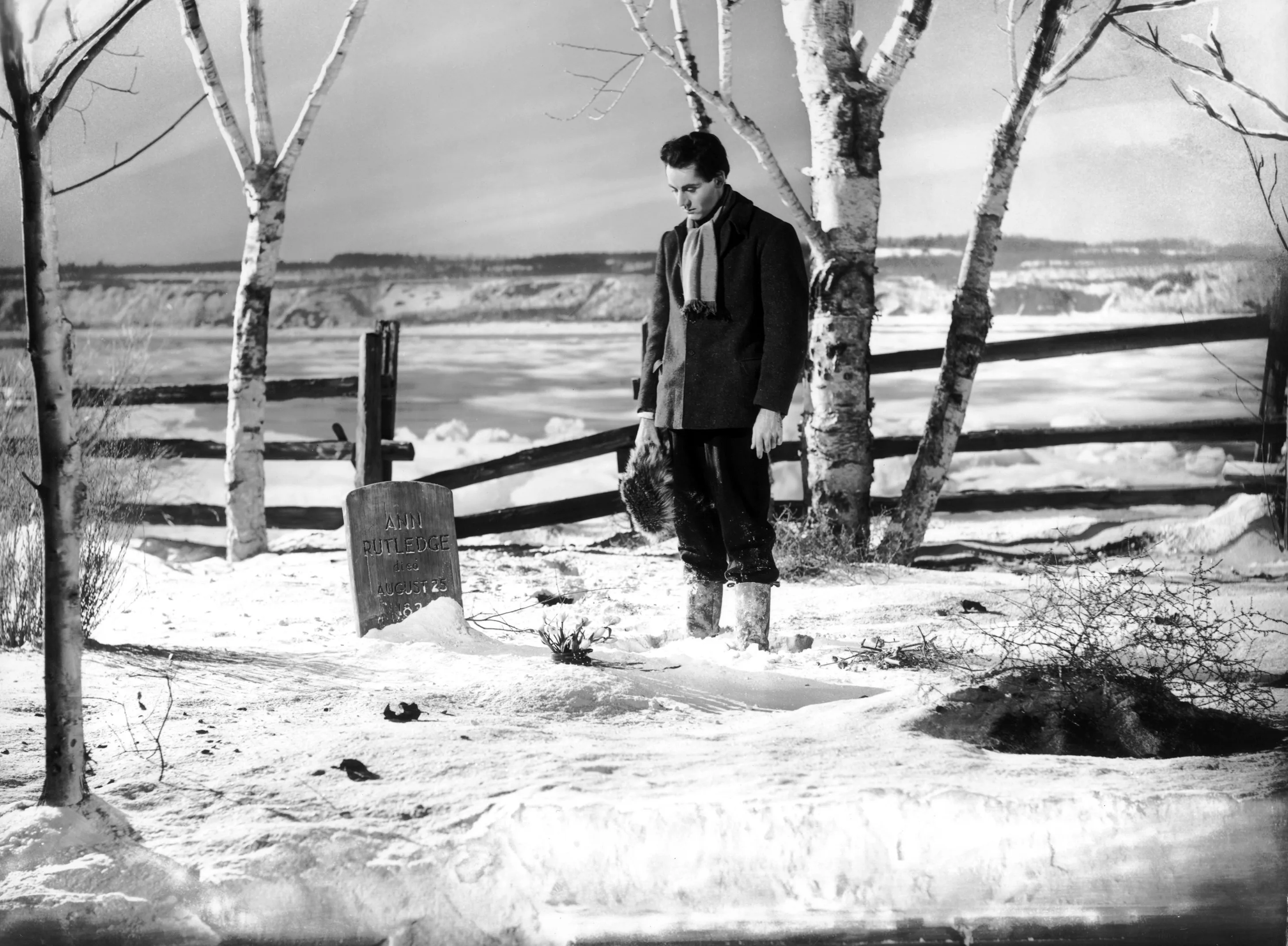Near the end of John Ford’s 1962 Western “The Man Who Shot Liberty Valance,” a newspaper publisher gives some curious advice. Although he is obligated to chronicle events around town, he is not concerned with the veracity of his stories. Instead, his maxim is, “When the legend becomes fact, print the legend.”
Ford printed a legend long before he made “The Man Who Shot Liberty Valance.” In 1939, he directed “Young Mr. Lincoln,” starring Henry Fonda as the American icon. The film focuses on the formative years of the 16th president and depicts his time as a lawyer in Springfield, Illinois. By the time Ford and Fonda made the movie, Lincoln’s early life had already become mired in legend. Legions of writers praised his ability to split rails, described his folksy charm and lauded his constant honesty. Ostensibly, both Ford and Fonda subscribe to the publisher’s mantra; they print the legend, showing us all of Lincoln’s virtuous characteristics. Yet, Ford and Fonda are also able to suggest that perhaps the legend is more complex than it appears.
History buffs might get a kick out of “Young Mr. Lincoln” because the film is full of foreshadowing. Although the film is set in 1837, long before he becomes president, Lincoln keeps meeting figures who will play a consequential part in his later career. At an Independence Day celebration, Lincoln converses with an ambitious politician named Stephen Douglas; in 1858, Lincoln will rise to prominence in the Republican Party by debating Douglas. A belle from Lexington, Kentucky comes to town. When her family holds a ball, Lincoln dances with her; little does he know that he will marry Mary Todd in 1842.
While these figures exist mostly in the background of the movie, events in the foreground portend future developments as well. In accordance with legend, Ford depicts Lincoln as a man devoted to compromise. He is asked to judge a pie contest early in the film, but he is hesitant to declare a winner. He vacillates between the apple and peach pies. The contest ends not when he chooses a winner, but when he consumes both slices. Less humorously, the young lawyer is called to defend two brothers accused of murder. Lincoln presses the boys’ mother to tell him which son actually killed the man. She refuses to tell him, so Lincoln decides to defend both of them. As the scholar Joseph McBride notes, both the contest and the court trial are fraught with symbolism. Just as he wants to keep both bakers happy, Lincoln strives to keep all parts of the country in the Union during the Civil War. Just as Lincoln has sympathy for the aggrieved mother, he will also resent that brothers must fight each other in the war.
It’s easy to debunk this part of the legend: Lincoln was not indecisive during the war. He made clear that, “this government cannot endure, permanently, half-slave and half-free.” As the conflict continued, he became more and more determined to abolish the South’s “peculiar institution.” Furthermore, even if he did regret the human cost of the war, Lincoln argued that the dead had “not died in vain” and were making possible “a new birth of freedom.” The film does not depict the heated debate over slavery or the pervasive racism of the 19th century. This is a serious shortcoming, but its omission is understandable. Early in his career, Lincoln did not have strong opinions about abolition and did not believe in full equality between blacks and whites. By concentrating on these issues, Ford would have irreparably damaged the legend of the “Great Emancipator.”
Still, Ford suggests the legend’s shortcomings in subtler ways. The American landscape captivates him: He calls attention to the delicate beauty of the forest, the rustic charm of a wood fence and a panoramic view of a river. As beautiful as Ford’s images admittedly are, they are also somewhat puzzling — there is no river that runs through Springfield. Ford, however, is not concerned with recreating reality. Instead, through his images, he evokes the long tradition of American landscape painting. His shot of the river resembles Thomas Cole’s “The Oxbow,” which features a river winding through an idyllic scene. By citing Cole instead of actual geography, Ford acknowledges the artificiality of his project: “Young Mr. Lincoln” is not so much about history as about how Americans have imagined it.
Henry Fonda’s performance as Lincoln further exposes the legend’s limits. Fonda demonstrates why Lincoln came to play a preeminent role in national politics. First and foremost, Lincoln is a politician. After the murder takes place and the brothers are accused, an angry mob rushes over to the jail. They want to hang the boys before their trial, but Lincoln stops them by explaining the importance of justice. Fonda, however, does not preach to the crowd. Instead, he fluctuates his tone; he desperately pleads with them to spare his clients until after the “legal pomp and show.” Then, he lowers his voice, warning them that if they take the law into their own hands, “the next thing you know, [you’ll] be hanging one another just for fun.” In this moment, Lincoln seems to be a skillful politician, able to moderate his message for myriad audiences. Fonda’s performance complicates the simple rhetoric of the screenplay. Is Lincoln being entirely genuine when he speaks of high-minded principles, or is he considering a larger political calculus?
In in printing the Lincoln legend, Ford and Fonda do not just regurgitate it. Rather, they realize how it is removed from reality and subsequently reckon with its flaws. Ultimately, their approach reveals that although legends can be fake, they can still fascinate.
Contact Amir Abou-Jaoude at amir2 ‘at’ stanford.edu.
